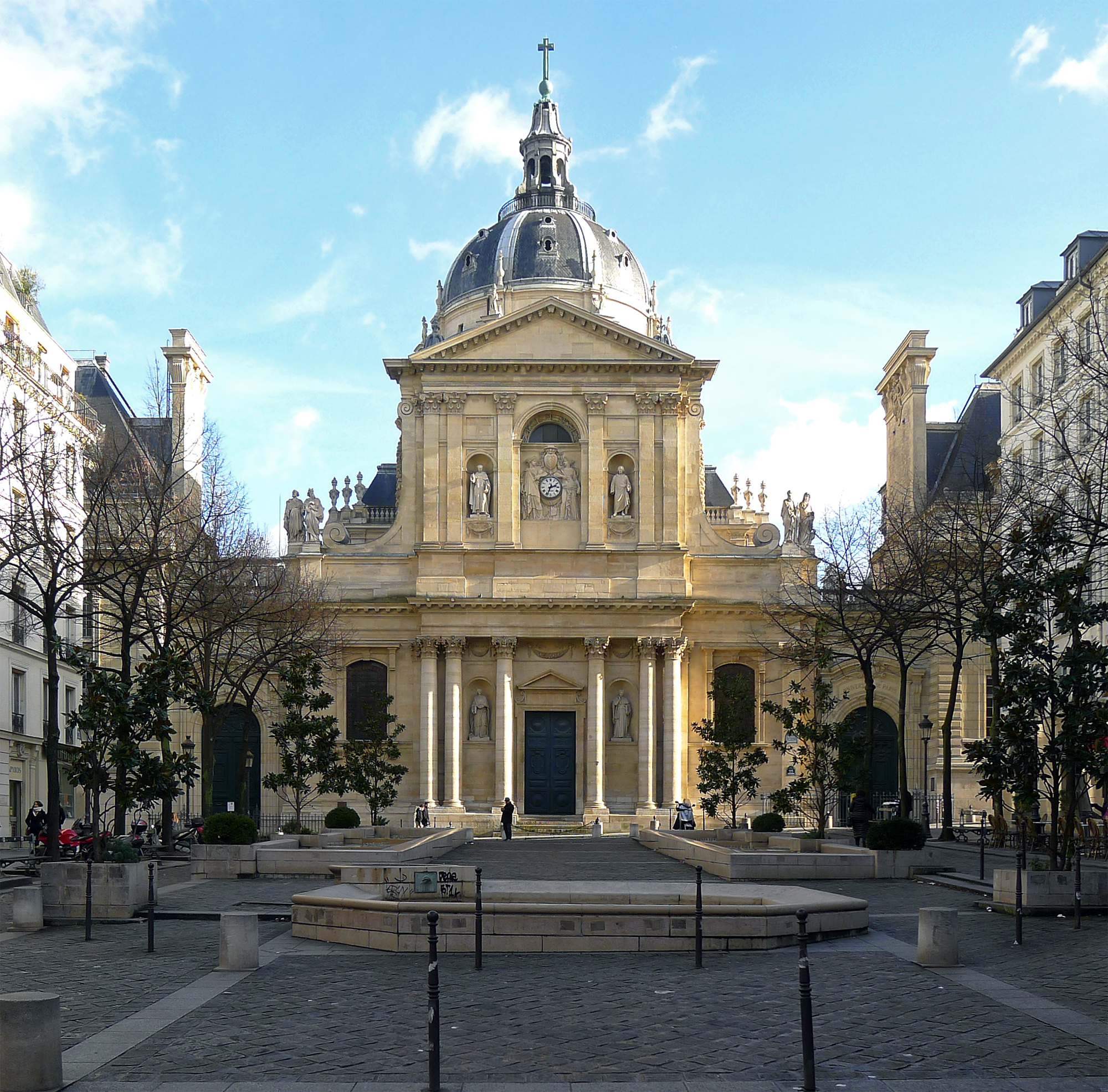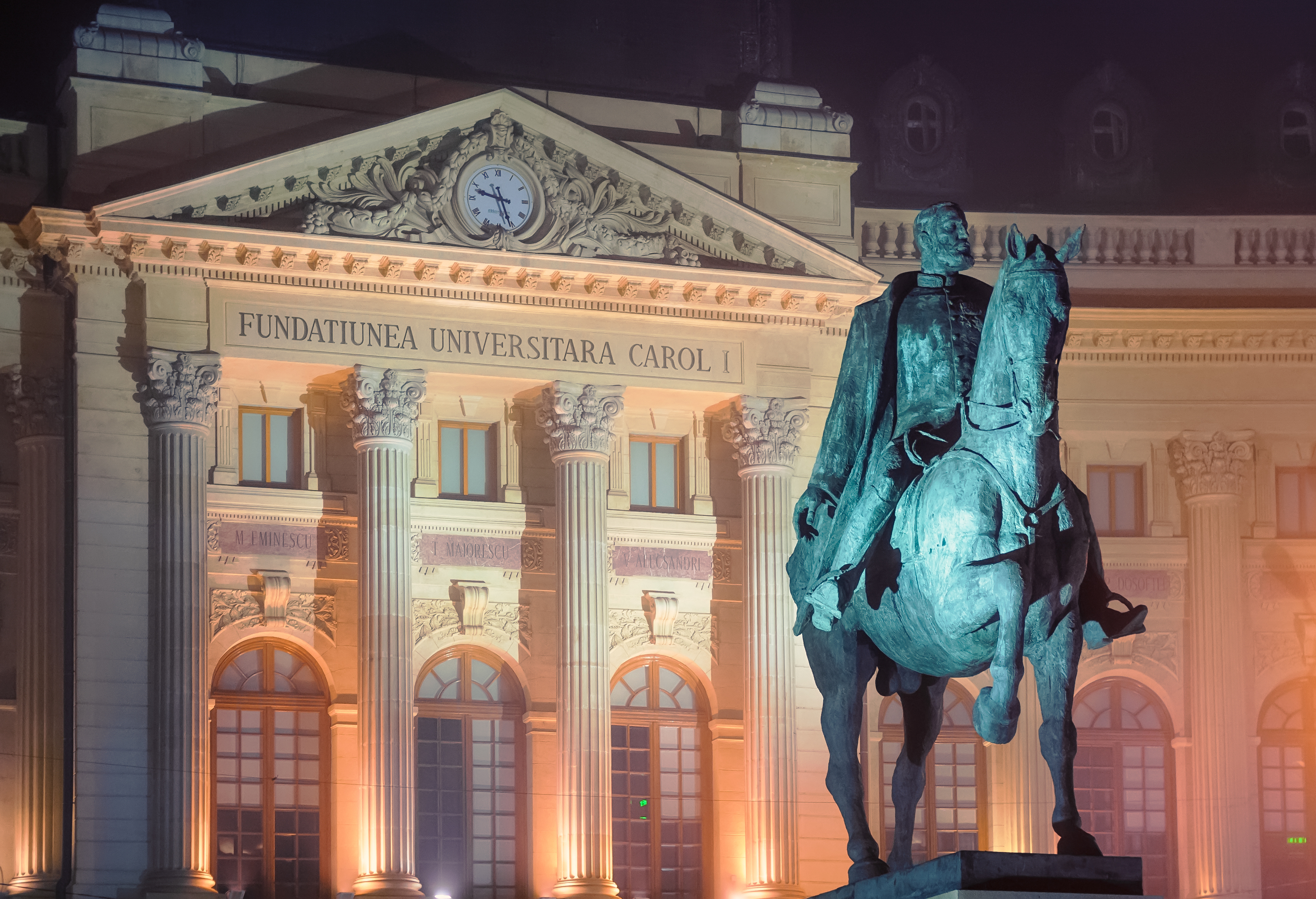|
Frații Buzești National College
The Frații Buzești National College () is a high school located in central Craiova, Romania, at 5 Știrbei Vodă Street. It is one of the most prestigious secondary education institutions in Romania. History The high school was named after three loyal noblemen, the Buzești brothers, Preda, Radu, and Stroe Buzescu, who were the inseparable, strongest military supporters of voivode Michael the Brave; their noble blood line goes back to 1461 AD. Between 1590 and 1600 they fought valiantly, numerous times in the army of the Christian Prince Michael the Brave against the Ottoman Turks. As a high school it was formally established in 1882 as "Gimnaziul Real" by an edict of "Ministerul Cultelor" (approved by Petre S. Aurelian, the Minister of Culture at the time), with a predominantly science teaching for boys. The gymnasium motto consists of the two Latin words from the beginning of the Book of Genesis: ''Fiat Lux'' (Let There Be Light!). The first director of the gymnasium was ... [...More Info...] [...Related Items...] OR: [Wikipedia] [Google] [Baidu] |
Craiova
Craiova (, also , ) is the largest city in southwestern Romania, List of Romanian cities, the seventh largest city in the country and the capital of Dolj County, situated near the east bank of the river Jiu River, Jiu in central Oltenia. It is a longstanding political center, and is located at approximately equal distances from the Southern Carpathians (north) and the Danube, River Danube (south). Craiova is the chief commercial city west of Bucharest and the most important city of Oltenia. The city prospered as a regional trading centre despite an earthquake in 1790, a plague in 1795, and a Ottoman Empire, Turkish assault in 1802 during which it was burned. Eight villages are administered by the city: Făcăi, Mofleni, Popoveni, Șimnicu de Jos, Cernele, Cernelele de Sus, Izvoru Rece, and Rovine. The last four were a separate commune called ''Cernele'' until 1996, when they were merged into the city. Etymology and names There are two possible etymologies for Craiova: Common ... [...More Info...] [...Related Items...] OR: [Wikipedia] [Google] [Baidu] |
Sorbonne University
Sorbonne University () is a public research university located in Paris, France. The institution's legacy reaches back to the Middle Ages in 1257 when Sorbonne College was established by Robert de Sorbon as a constituent college of the University of Paris, one of the first universities in Europe. Its current iteration was formed in 2018 by the merger of Paris-Sorbonne University (Paris IV) and the Université Pierre et Marie Curie (Paris VI). Sorbonne University is one of the most sought after universities by students and researchers from France, Europe, and the French speaking countries. Most notably, Marie Skłodowska-Curie, who came from Poland in 1891 and joined the Faculty of Sciences of the University of Paris, was also the first woman to become a professor at the Sorbonne. Marie Curie and her husband Pierre Curie are considered the founders of the modern-day Faculty of Science and Engineering of Sorbonne University. As of 2021, its alumni and professors have won 33 ... [...More Info...] [...Related Items...] OR: [Wikipedia] [Google] [Baidu] |
Ilie G
Ilie is a Romanian language, Romanian name. It is both a masculine given name, cognate of Elijah (given name), Elijah, and a surname. The given name may refer to: * Ilie Antonescu, Romanian general * Ilie Baicu, Romanian football player * Ilie Balaci, Romanian football player * Ilie Bărbulescu (footballer), Ilie Bărbulescu, Romanian football player * Ilie Bărbulescu (linguist), Ilie Bărbulescu, Romanian linguist * Ilie Birt, Transylvanian merchant * Ilie Bratu, Moldovan politician * Ilie Cazac, Moldovan political prisoner * Ilie Cătărău, Romanian soldier * Ilie Ceaușescu, Romanian politician * Ilie Cebanu, Moldovan football player * Ilie Ciocan, Romanian supercentenarian * Ilie Codreanu, Romanian sport shooter * Ilie Crețulescu, Romanian general * Ilie Datcu, Romanian football player * Ilie Dumitrescu, Romanian football player * Ilie Enache, Romanian noble * Ilie Floroiu, Romanian runner * Ilie Ilașcu, Romanian politician * Ilie Iordache, Romanian football player * Ilie La ... [...More Info...] [...Related Items...] OR: [Wikipedia] [Google] [Baidu] |
Eugene Ionesco
Eugene may refer to: People and fictional characters * Eugene (given name), including a list of people and fictional characters with the given name * Gene Eugene, stage name of Canadian born actor, record producer, engineer, composer and musician Gene Andrusco (1961–2000) * Eugene (wrestler), professional wrestler Nick Dinsmore * Eugene (actress) (born 1981), Kim Yoo-jin, South Korean actress and former member of the singing group S.E.S. Places Canada * Mount Eugene, in Nunavut; the highest mountain of the United States Range on Ellesmere Island United States * Eugene, Oregon, a city ** Eugene, OR Metropolitan Statistical Area ** Eugene (Amtrak station) * Eugene Apartments, NRHP-listed apartment complex in Portland, Oregon * Eugene, Indiana, an unincorporated town * Eugene, Missouri, an unincorporated town Business * Eugene Green Energy Standard, or EUGENE, an international standard to which electricity labelling schemes can be accredited to confirm that they pr ... [...More Info...] [...Related Items...] OR: [Wikipedia] [Google] [Baidu] |
The Daily Telegraph
''The Daily Telegraph'', known online and elsewhere as ''The Telegraph'', is a British daily broadsheet conservative newspaper published in London by Telegraph Media Group and distributed in the United Kingdom and internationally. It was founded by Arthur B. Sleigh in 1855 as ''The Daily Telegraph and Courier''. ''The Telegraph'' is considered a newspaper of record in the UK. The paper's motto, "Was, is, and will be", was included in its emblem which was used for over a century starting in 1858. In 2013, ''The Daily Telegraph'' and ''The Sunday Telegraph'', which started in 1961, were merged, although the latter retains its own editor. It is politically conservative and supports the Conservative Party (UK), Conservative Party. It was moderately Liberalism, liberal politically before the late 1870s.Dictionary of Nineteenth Century Journalismp 159 ''The Telegraph'' has had a number of news scoops, including the outbreak of World War II by rookie reporter Clare Hollingworth, desc ... [...More Info...] [...Related Items...] OR: [Wikipedia] [Google] [Baidu] |
The Washington Times
''The Washington Times'' is an American Conservatism, conservative daily newspaper published in Washington, D.C. It covers general interest topics with an emphasis on Politics of the United States, national politics. Its broadsheet daily edition is distributed throughout Washington, D.C. and the greater Washington metropolitan area, including suburban Maryland and Northern Virginia. It also publishes a subscription-based weekly tabloid (newspaper format), tabloid edition aimed at a national audience. The first edition of ''The Washington Times'' was published on May 17, 1982. The newspaper was founded by Unification Church leader Sun Myung Moon, and it was owned until 2010 by News World Communications, an international media Conglomerate (company), conglomerate founded by Moon. It is currently owned by Operations Holdings, which is a part of the Unification Church movement. ''The Washington Times'' has been known for its conservative political stance, often supporting the pol ... [...More Info...] [...Related Items...] OR: [Wikipedia] [Google] [Baidu] |
Carol II Of Romania
Carol II (4 April 1953) was King of Romania from 8 June 1930, until his forced abdication on 6 September 1940. As the eldest son of King Ferdinand I, he became crown prince upon the death of his grand-uncle, King Carol I, in 1914. He was the first Romanian king to be born in Romania, as both of his predecessors had been born in Germany and came to Romania only as adults. As such, he was the first member of the Hohenzollern family who spoke Romanian as his first language and was also the first to be raised in the Romanian Orthodox faith. Carol's life and reign were surrounded by controversy, such as his desertion from the army during World War I. Another controversy was his marriage to Zizi Lambrino, who was not from a royal lineage. After the dissolution of his first marriage, he met Princess Helen of Greece and Denmark, daughter of King Constantine I of Greece, married her in March 1921, and later that year had a son, Michael. Due to his continued extramarital affair with ... [...More Info...] [...Related Items...] OR: [Wikipedia] [Google] [Baidu] |
Carol Lambrino
Mircea Grigore Carol Hohenzollern (born Mircea Grigore Carol Lambrino; 8 January 1920 – 27 January 2006), also known as Prince Mircea Grigore Carol al României (anglicised as: of Romania) according to his amended Romanian birth certificate or as Carol Lambrino (),"HRH Prince Carol of Romania" , 10 February 2006 was the elder son of King Carol II of Romania. Early life Carol Lambrino was born in |
Sabin Bălașa
Sabin Bălașa (; 17 June 1932 – 1 April 2008) was a contemporary Romanian Painting, painter. His works were described by himself as belonging to cosmic Romanticism. Biography Bălașa was born in Iancu Jianu, Olt, Dobriceni, Olt County. After completing his secondary education at Frații Buzești High School in Craiova in 1950, he attended the Bucharest National University of Arts, Nicolae Grigorescu Fine Arts Institute in Bucharest, graduating in 1955. He continued his studies at Siena and Perugia, in Italy. In 1973 and 1976 the Bucharest Mayor's office ordered and paid him to paint the portraits of Nicolae Ceaușescu, Nicolae and Elena Ceaușescu. In the late 1980s, Bălașa was accused of promoting Nicolae Ceaușescu's cult of personality, Ceaușescu's cult of personality. In December 2000 he was awarded by President of Romania, President Emil Constantinescu the National Order of Merit (Romania), National Order of Merit, Commander rank. In June 2005, Bălașa sued the ... [...More Info...] [...Related Items...] OR: [Wikipedia] [Google] [Baidu] |
University Of Craiova
The University of Craiova () is a public university located in Craiova, Romania. It was founded in 1947, initially with four institutes, in the Palace of Justice of Craiova. It is the largest university in the historical Oltenia province of Romania. It was the last university established in the Kingdom of Romania. It was the fifth university in Romania officially approved by the Ministerial Council of the Socialist Republic of Romania in 1965, with seven faculties: Mathematics, Philology, Electrotechnics, Agriculture, Horticulture, Chemistry and Economics. The university is a member of the European University Association. It currently includes a total of 16 faculties and two colleges for undergraduate and postgraduate programmes. Professor Cezar Ionuț Spînu has been the university's List of Rectors of University of Craiova, 13th Rector since 2016. The university is governed by a seven-member Vice-Rector Board. The university is internationally known for its football club CS Un ... [...More Info...] [...Related Items...] OR: [Wikipedia] [Google] [Baidu] |
University Of Bucharest
The University of Bucharest (UB) () is a public university, public research university in Bucharest, Romania. It was founded in its current form on by a decree of Prince Alexandru Ioan Cuza to convert the former Princely Academy of Bucharest, Princely Academy into the current University of Bucharest, making it one of the oldest Romanian universities. It is one of the five members of the ''Universitaria Consortium'' (a group of elite Romanian universities). The University of Bucharest offers study programmes in Romanian and English and is classified as an ''advanced research and education university'' by the Ministry of Education and Scientific Research (Romania), Ministry of Education. History The University of Bucharest was founded by the Decree no. 765 of 4 July 1864 by Alexandru Ioan Cuza and is a leading academic centre and a significant point of reference in society. The University of Bucharest is rich in history and has been actively contributing to the development a ... [...More Info...] [...Related Items...] OR: [Wikipedia] [Google] [Baidu] |






